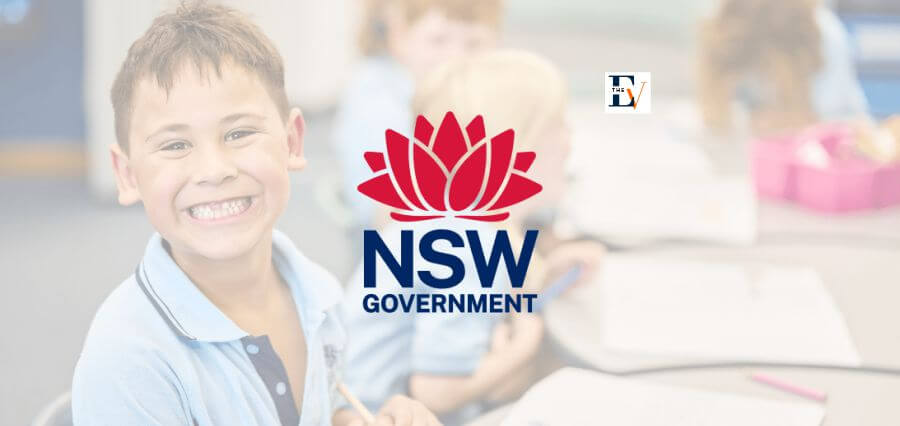Decoding Narrative Techniques
Public speaking empowers individuals to share ideas, ignite change, and establish profound connections with their audience. Storytelling stands out as a potent method to captivate and intrigue listeners. Stories possess a unique ability to stir emotions, create relatable experiences, and convey messages that would create an impact on society.
The aim is to spark curiosity and anticipation. Narrative techniques have been used for centuries to transmit knowledge, culture, and wisdom. From ancient myths and legends to contemporary novels and movies, stories are the vessels through which we convey our values, beliefs, and experiences. When applied to public speaking, storytelling becomes a potent tool for engaging the audience and making the message memorable.
Start with a Hook
Every good story begins with a compelling hook that grabs the audience’s attention from the start. In public speaking, this hook can be a surprising fact, a thought-provoking question, a relevant quote, or a personal anecdote. The goal is to pique the curiosity of the audience and make them eager to hear more.
For example, imagine giving a speech on climate change. Start with a shocking statistic, such as “Did you know that we are losing an area of rainforest the size of a football field every six seconds?” This immediately captures the audience’s attention and sets the stage for the rest of the narrative.
Establish a Clear Structure
A well-structured story is easy for the audience to follow and keeps them engaged throughout. Consider using a classic three-act structure: introduction, climax, and resolution. In the introduction, introduce the main characters and set the stage. The climax is the point of greatest tension or conflict, and the resolution provides closure and ties up loose ends.
Let’s continue with the climate change speech example. In the introduction, introduce the main characters (scientists, activists, and ordinary people affected by climate change) and set the stage by describing the current state of the environment. The climax could be an essential moment, such as a major climate-related disaster, and the resolution might involve discussing solutions and inspiring hope for change.
Create Relatable Characters
In storytelling, relatable characters are essential for building empathy and connecting with the audience. Whether while sharing a personal experience or talking about real people, make characters relatable by highlighting their struggles, desires, and motivations.
For instance, in the climate change speech, share the story of a young girl who has been personally affected by rising sea levels and is determined to make a difference. By humanizing the issue through her perspective, it makes it more relatable and emotionally resonant.
Musicians write about love and heartbreak mostly because a wide range of audiences relate to it.
Craft Evocative Imaginary
Vivid imagery paints a picture in the audience’s mind and helps them visualize the story. Use descriptive language to create a sensory experience for the listeners. Appeal to their senses of sight, sound, smell, taste, and touch.
Continuing with the climate change speech, it’s good to describe the lush green rainforests teeming with life or the deafening roar of a melting glacier. Painting these vivid pictures makes the environmental issues more crucial and emotionally impactful.
Build Tension and Release
Tension is what keeps the audience engaged and eager to know what happens next. To build tension, introduce obstacles, conflicts, or challenges that the characters must overcome. This creates a sense of anticipation and curiosity.
In the climate change speech, discuss the resistance and opposition faced by environmental activists and scientists. Highlight the obstacles they encounter, and then release the tension by revealing their resilience and determination to find solutions.
Deliver a Clear Message
While storytelling is a powerful weapon, it should always serve a purpose. The narrative should convey a clear message or lesson that the narrator wants the audience to take away.
In the case of the climate change speech, the message might be the importance of collective action and individual responsibility in addressing environmental issues. Ensure that the message is woven seamlessly into the narrative so it resonates with the audience and leaves a lasting impression.
Voice and Body Language
In public speaking, voice and body language are vital tools for conveying the emotions and nuances of the story. Vary the tone, pace, and volume to match the mood of the narrative. Use gestures and facial expressions to emphasize key points and engage the audience visually.
For example, when describing the urgency of addressing climate change, raise your voice and use passionate gestures to convey the gravity of the situation. Conversely, when discussing hopeful solutions, adopt a more optimistic tone and relaxed body language.
Practice and Feedback
Like any skill, storytelling in public speaking requires practice and refinement. Rehearse the narrative multiple times to ensure smooth delivery and effective pacing. Seek feedback from trusted friends or mentors to identify areas for improvement.
The practice also helps them become more comfortable with the material, allowing them to focus on connecting with the audience rather than worrying about forgetting lines.
Incorporating narrative techniques into one’s public speaking can elevate speeches from the mundane to the extraordinary. By commencing with a compelling hook, establishing a lucid structure, fashioning relatable characters, employing vivid imagery, constructing moments of tension and release, delivering a clear and concise message, and effectively utilizing voice and body language, an individual can captivate and inspire their audience in a manner that resonates profoundly.
It should be noted that storytelling is a craft that can be honed and refined over time. Through persistent practice and dedication, one can ascend to the status of a master storyteller, holding their audience spellbound and imprinting a lasting impression with their words. Whether addressing a modest gathering or a vast assembly, the utilization of storytelling as a formidable tool enables the conveyance of messages infused with fervor, empathy, and authenticity. The audience, in turn, will undoubtedly express their gratitude for the engaging and impactful delivery of the narrative.
Read More: https://theeducationview.com/






